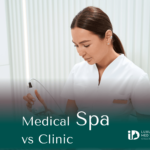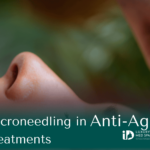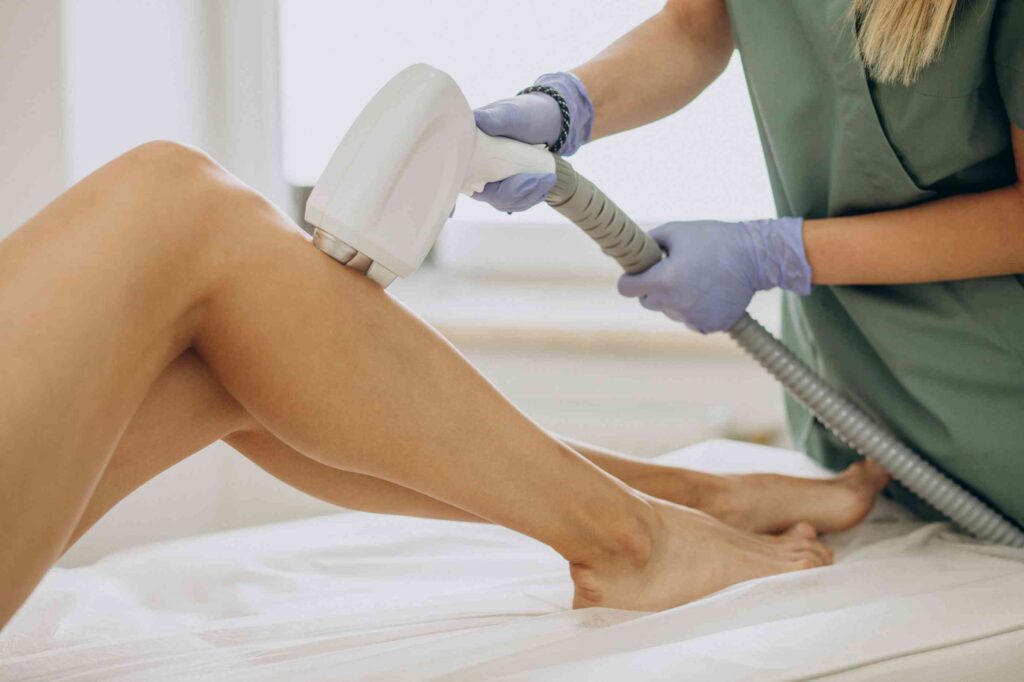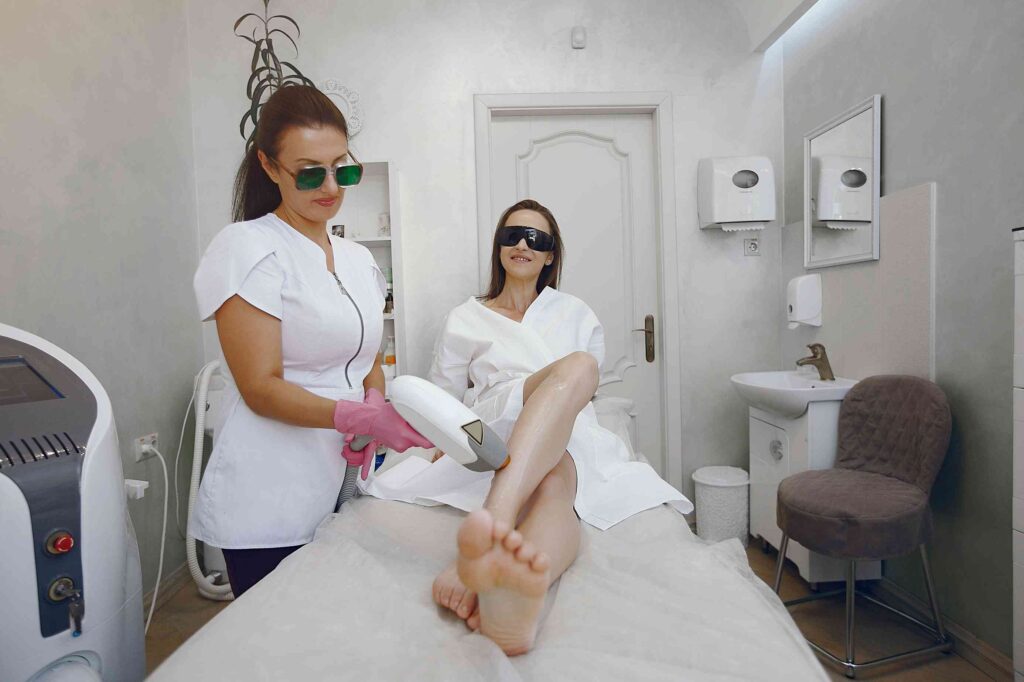Shoulder pain can stop you from doing even the simplest tasks — from lifting groceries to enjoying your favourite sports. While painkillers and physiotherapy may offer temporary relief, they often don’t address the root cause. That’s where Platelet-Rich Plasma (PRP) therapy comes in — a natural, non-surgical treatment that uses your own blood to repair …
Shoulder pain can stop you from doing even the simplest tasks — from lifting groceries to enjoying your favourite sports. While painkillers and physiotherapy may offer temporary relief, they often don’t address the root cause. That’s where Platelet-Rich Plasma (PRP) therapy comes in — a natural, non-surgical treatment that uses your own blood to repair damaged shoulder tissues, reduce inflammation, and restore pain-free movement. While traditional treatments such as medication, physical therapy, and surgery are often prescribed, Platelet-Rich Plasma or PRP for shoulder pain has emerged as a promising alternative.
PRP leverages the body’s natural healing processes to address the root causes of pain, providing relief without the need for invasive procedures. Shoulder pain affects over 20% of adults worldwide, with rotator cuff disorders being the leading cause. In Canada alone, shoulder-related injuries account for nearly 12% of all musculoskeletal doctor visits annually. We will explore why PRP Treatment is an effective natural solution for shoulder pain, the science behind it, and how it compares to other treatment options.
Understanding PRP Therapy
Platelet-Rich Plasma (PRP) therapy is a regenerative treatment that uses the patient’s own blood to stimulate healing in damaged tissues. Blood mainly consists of four components: red blood cells, white blood cells, plasma, and platelets. Platelets play a crucial role in clot formation and tissue repair by releasing growth factors that promote healing. In PRP therapy, a sample of the patient’s blood is drawn and processed in a centrifuge to separate and concentrate the platelets, resulting in a plasma solution rich in growth factors.
This concentrated PRP is then injected into the injured or painful area of the shoulder. Once injected, the platelets release growth factors that accelerate tissue repair, reduce inflammation, and stimulate collagen production, a vital component for tissue strength and elasticity. By targeting the source of the pain, PRP not only relieves symptoms but also supports long-term healing.
Common Causes of Shoulder Pain Addressed by PRP
Shoulder pain can arise from a variety of conditions, many of which are linked to injuries, inflammation, or degenerative processes. Research published in the American Journal of Sports Medicine found PRP injections for rotator cuff injuries improved pain scores by 50–60% within 3 months, with mobility gains sustained for up to 2 years. PRP therapy has been shown to be effective for treating several common causes of shoulder pain:
Rotator Cuff Injuries
The rotator cuff is a group of muscles and tendons that stabilize the shoulder joint and enable its wide range of motion. Injuries to the rotator cuff, such as tears or tendinitis, are a frequent cause of shoulder pain. PRP therapy promotes tissue regeneration in damaged tendons, aiding in the recovery process and potentially avoiding the need for surgery.
Shoulder Impingement Syndrome
This condition occurs when the tendons of the rotator cuff are compressed during shoulder movements, leading to pain and inflammation. PRP therapy can reduce inflammation and promote healing in the affected tissues, improving mobility and alleviating discomfort.
Bursitis
Bursae are small fluid-filled sacs that cushion the joints and reduce the friction. Inflammation of the bursae in the shoulder, known as bursitis, can cause significant pain and stiffness. PRP injections can help reduce inflammation and encourage the healing of the affected bursae.
Osteoarthritis
Shoulder osteoarthritis is a degenerative condition characterized by the breakdown of cartilage within the joint. PRP therapy can slow the progression of cartilage degeneration and alleviate pain by stimulating the production of new cartilage cells and reducing joint inflammation.
Frozen Shoulder (Adhesive Capsulitis)
Frozen shoulder is a condition where the shoulder joint becomes stiff and painful due to thickened connective tissue. PRP therapy can reduce inflammation, improve tissue elasticity, and enhance overall mobility.
How PRP Therapy Works
The effectiveness of PRP therapy lies in its ability to harness the body’s natural healing processes. A 2022 meta-analysis covering over 1,200 patients concluded PRP’s growth factors significantly enhance collagen synthesis and tendon strength, while reducing inflammation markers by up to 70% within weeks. The key components of PRP—growth factors and cytokines—play several critical roles in tissue repair and regeneration:
- Growth Factor Release:
Platelets contain a variety of growth factors, including platelet-derived growth factor (PDGF), vascular endothelial growth factor (VEGF), and transforming growth factor-beta (TGF-β). These factors stimulate cell proliferation, angiogenesis (formation of new blood vessels), and collagen synthesis, all of which are essential for tissue healing. - Inflammation Reduction:
PRP injections help modulate the body’s inflammatory response, reducing swelling and pain in the affected area. This creates a more conducive environment for tissue repair. - Collagen Stimulation:
Collagen is a structural protein that provides strength and elasticity to tendons, ligaments, and cartilage. PRP promotes collagen production, enhancing the structural integrity of the shoulder joint. - Recruitment of Healing Cells:
PRP attracts mesenchymal stem cells and other repair cells to the injury site, accelerating the healing process.
Benefits of PRP Therapy for Shoulder Pain
Natural and Autologous Treatment
Since PRP is derived from the patient’s own blood, there is minimal risk of allergic reactions or adverse effects. It is a natural and biocompatible treatment that works in harmony with the body’s healing mechanisms.
Non-Invasive Option
PRP therapy is administered through injections, making it a minimally invasive alternative to surgery. This reduces recovery time and eliminates the risks associated with surgical procedures.
Long-Term Pain Relief
Unlike temporary pain relief methods such as medication or corticosteroid injections, PRP therapy addresses the root cause of pain by promoting tissue repair. This can result in more sustained relief and improved joint function.
Improved Mobility and Function
By repairing damaged tissues and reducing inflammation, PRP therapy enhances shoulder mobility and function, enabling patients to return to their daily activities without discomfort.
Reduced Dependency on Medications
PRP therapy minimizes the need for pain-relieving medications, which can have side effects when used long-term. It provides a more sustainable and holistic approach to managing shoulder pain.
Comparison to Other Treatments
While PRP therapy offers numerous benefits, it’s essential to compare it to other commonly used treatments for shoulder pain:
Physical Therapy
Physical therapy focuses on strengthening muscles and improving mobility but does not directly address tissue repair. PRP can complement physical therapy by accelerating healing and enhancing outcomes.
Corticosteroid Injections
Corticosteroids are effective at reducing inflammation and pain in the short term but do not promote tissue regeneration. Overuse of corticosteroids can weaken tendons and lead to further damage. PRP, on the other hand, stimulates healing and provides longer-lasting relief.
Surgical Interventions
Surgery is often reserved for severe cases, such as complete rotator cuff tears or advanced osteoarthritis. While surgery can be effective, it is invasive, costly, and requires a lengthy recovery period. PRP offers a less invasive alternative with fewer risks and quicker recovery.
What to Expect During PRP Treatment
PRP therapy is a straightforward procedure that can typically be completed in under an hour:
- Consultation:
The patient undergoes a thorough evaluation to determine if PRP is the appropriate treatment for their shoulder pain. - Blood Draw:
A small amount of blood is drawn from the patient’s arm. - Preparation:
The blood is processed in a centrifuge to isolate and concentrate only the platelets. - Injection:
The PRP solution is injected into the affected area of the shoulder, often guided by ultrasound for precision. - Recovery:
Patients can usually resume normal activities shortly after the procedure, though some soreness may occur for a few days.
Is PRP Therapy Right for You?
PRP therapy is a versatile treatment suitable for many individuals experiencing shoulder pain. However, it may not be ideal for everyone. Factors such as the severity of the condition, overall health, and treatment goals should be considered. Consulting with a qualified medical professional is essential to determine if PRP is the right option for your specific needs. PRP treatments are also beneficial for Skin Rejuvenation, Hair Restoration and many other things resolving issues naturally.
Conclusion
Platelet Rich Plasma (PRP) therapy offers a natural, effective, and minimally invasive solution for shoulder pain. By harnessing the body’s regenerative capabilities, PRP addresses the root causes of pain, promotes tissue repair, and improves joint function. Whether you’re dealing with a rotator cuff injury, bursitis, or osteoarthritis, PRP can be a valuable part of your treatment plan. With growing evidence supporting its efficacy and safety, PRP therapy is paving the way for a new era in pain management and musculoskeletal healing.
By choosing PRP for shoulder pain, patients can address the root cause of discomfort rather than just masking symptoms. This regenerative approach supports faster recovery, reduces reliance on pain medication, and promotes long-term joint health—allowing you to return to daily activities with strength and confidence.







